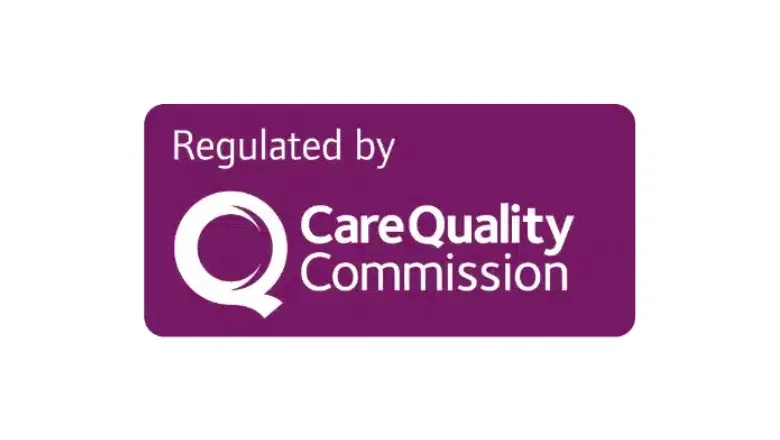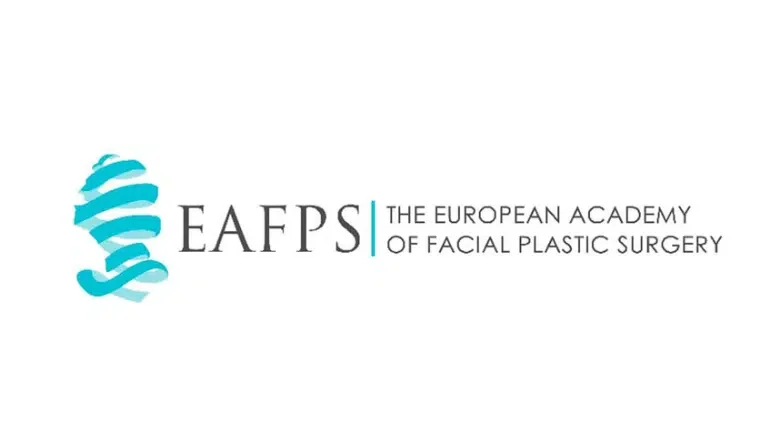When carried out by an expert plastic surgeon, breast augmentation is a very safe procedure with minimal risk of complications. Any type of surgery carries certain risks, and breast augmentation is no different. Your surgeon will discuss the risks and potential complications of breast augmentation at your consultation. This will allow you to weigh up the pros and cons of the procedure before making your decision.
RELATED: Are breast implants worth it?
Some of the risks of breast augmentation include (but are not limited to):
- Anaesthesia-related complications such as anaphylaxis
- Excessive bleeding
- Wound infection
- Post-operative haematoma formation
- Seromas
- Implant malposition
- Change in nipple sensitivity
- Capsular contracture – formation of excessive scar tissue around the implant
- Implant rupture
- Breast implant-associated anaplastic large-cell lymphoma (BIA-ALCL)
- Excessive pain that does not improve over the first two weeks
- Need for revision surgery
It is essential to remember that many of these risks are very rare. In contrast, others, such as haematoma formation, can be easily managed by a washout procedure with the preservation of the breast implant.
Breast augmentation risks
Breast implants must be approved by the Medicines and Healthcare Products Regulatory Agency (MHRA) before they are suitable for use in the UK. We also use FDA-approved implants, which have been shown to be safe and effective. The vast majority of breast augmentation patients do not develop serious complications during or after their procedure.
Several key risks should be borne in mind when considering breast augmentation. Breast implant-associated anaplastic large-cell lymphoma is a severe complication of breast augmentation. However, it is extremely rare, with only a handful of cases reported worldwide out of millions of procedures performed. Breast implant illness is a condition some patients believe is due to breast implants. Patients may complain of the following symptoms:
- Excessive fatigue
- Generalised muscle and joint pains
- Skin rashes
- Cognitive impairment or ‘brain fog.’
If complications occur after breast augmentation, we would advise you to get in touch with our post-operative nursing team immediately. The next step would be to have an urgent clinical assessment by your surgeon. If you decide to have breast implant removal, we recommend discussing this with your surgeon.
Key points about breast augmentation:
- Breast implants are not designed to last for your entire lifetime. It is recommended to have revision breast surgery to remove or replace one or both breast implants 10 to 15 years after your first procedure.
- The appearance of breast implants can change over time due to the influence of significant weight loss, pregnancy or menopause.
- Excessively large breast implants could exacerbate breast sagging. A breast lift may be required in combination with breast augmentation to treat saggy breasts.
- X-ray mammograms can be more challenging to interpret in the presence of breast implants. However, x-ray technology has significantly improved over the last ten years, making this less of a problem.
- We would advise regular checks to monitor for breast implant rupture. Centre for Surgery is one of the few clinics to offer complimentary high-resolution ultrasound scans to monitor the condition of your silicone breast implants. If a potential rupture is detected, we advise having an MRI scan to confirm the diagnosis.
- Breastfeeding can, in some cases, be affected by breast augmentation. Although many women can breastfeed normally after surgery, other women may find it more difficult.
- Women who have breast augmentation will require regular post-operative reviews to monitor the condition of the breasts and ensure capsular contracture or implant rupture has not occurred.
If you think your breasts or implants appear different in some way after the surgery and/or you have symptoms of pain and discomfort, please get in touch with us to arrange a consultation with your surgeon for further evaluation.
Am I suitable for breast augmentation?
We would recommend women be familiar with the potential risks of breast augmentation before considering their suitability for the procedure:
- Patients should be in good physical and mental health with no chronic medical conditions or active bacterial infection. If you have a significant medical condition, discussing this with your doctor at the consultation is essential to determine if any further investigations will be required to confirm your suitability for the procedure.
- Patients with a flat chest or have saggy or tubular breasts are ideal candidates for breast enlargement surgery.
- We recommend patients stop smoking and avoid excessive amounts of alcohol for at least six weeks before and after the procedure.
- The procedure is designed to improve the appearance of your chest for permanent results significantly. Therefore, we recommend being in optimum mental health to embrace the changes after the procedure.
- Breast augmentation is not designed to address body image problems such as body dysmorphic disorder or to make you look like a completely different person. It is vital to have realistic expectations about what the surgery can achieve.
- It is essential to follow the post-operative instructions in full. Taking at least one week off work to allow breast augmentation recovery will help ensure your healing is as smooth as possible. You should avoid lifting heavy objects and have someone around you to help with everyday tasks.
What happens at the consultation?
The breast augmentation consultation is an ideal opportunity to enquire further about the risks of breast implants. Your surgeon will ask the following questions as part of the clinical assessment:
- Your reasons for wanting the procedure and your treatment expectations
- Any medical conditions you may have and potential allergies to medicines
- What medicines you are currently taking, including any over-the-counter herbal supplements
- Whether you have a personal or family history of breast cancer
RELATED: Breast Augmentation Before And After Photos
What does the procedure involve?
Breast augmentation is most commonly carried out under a general anaesthetic to ensure your comfort during and after the procedure. There are three main types of breast augmentation incisions which can be used for breast implant placement, including:
- Incisions under the breast crease (inframammary)
- Incisions around the nipple (periareolar)
- Incisions under the arm (transaxillary)
Once the incision has been made, the surgeon will gently separate the overlying breast tissue from the pectoralis muscle. This creates a breast pocket positioned either on top of the chest muscle or beneath it. The surgeon will then place the implant in the pocket and ensure the implant is correctly centred behind the nipple to prevent implant malposition. The implants are inserted using a breast funnel as part of a ‘no-touch’ technique to minimise implant-related infection. Once the implants are correctly positioned, the incisions will be closed with dissolvable stitches, followed by applying sterile dressings. A post-operative support bra will be applied before the anaesthetist wakes you up. It is normal to have localised swelling and mild post-operative discomfort for up to 2 weeks after the procedure. Any breast augmentation scars will gradually become less noticeable over time, although they will not disappear completely.
RELATED: How long is breast augmentation recovery?
If you develop pain, redness or localised warmth around your incisions or you generally feel unwell, we would advise seeking an urgent clinical assessment from your surgeon as these symptoms could be signs of infection.
Schedule a London breast augmentation consultation
If you have been thinking about breast augmentation for some time and have been unsure about what the procedure involves, we recommend booking an in-depth consultation with a specialist plastic surgeon at our state-of-the-art Baker Street clinic in central London. During the consultation, your surgeon will take time to explain breast augmentation risks and how they can be minimised with proper medical techniques.










